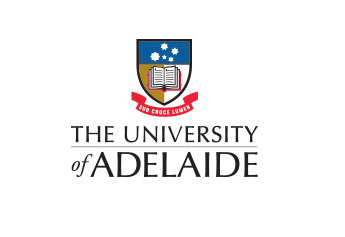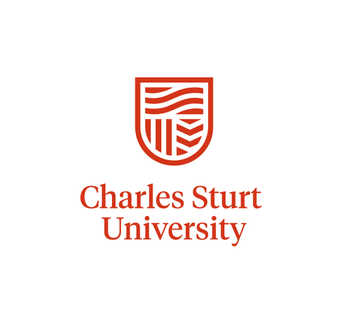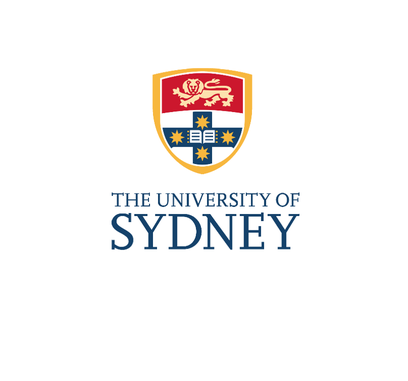In the late 1970s and early 1980s Australian lamb was a basket case industry. Prices were down and production was down. Animals were small, the meat fatty and undesirable. David Pethick describes how selective breeding produced a bigger animal with less fat around the muscle. The aim is to retain fat within the muscle to ensure flavour and moisture.
Transcript
Robyn Williams: And now for some lunch. Can I offer you some chicken or lamb? Okay, well, first the lamb. Sheep have been in the news this year for all the wrong reasons; hideous cruelty in the live export trade. But there has also being a scientific quest for a better lamb chop, and it’s been going on for a while, as Professor David Pethick at Murdoch University in Perth explains.
David Pethick: Well, the lamb industry 30 years ago was essentially a basket case. So we’re talking about the late ’70s, early ’80s when production of lamb was declining and the price was declining. So normally if the production of something declines of course there’s more competition to buy it, and the price goes up. So this was read by some as being an industry in terminal decline. No one wanted to buy it and no one wanted to produce it any more. And the real reasons were that lamb is pretty small in size, the animals were small in size, so it translated into the commercial product, like the lamb chop or the leg of lamb being quite small, and not having much meat on it and very fatty. It really got a bad run because of that. Medically it was frowned upon of course, but equally consumers soon worked out you can only buy so much fat and bone, you actually want to eat the meat. So that’s where it started.
And it was about at that time that the farmers, to their credit, the lamb farmers got together and said I think we should get a levy going to put into R&D. So that started what was then called the Meat Research Corporation, added onto the Beef Levy. So it was a pretty bold effort from the farmers, the visionary ones at the time. So that led to some I guess quite simple but very effective genetic selection to get the animals bigger, because you pick the big ones, not the little ones, and therefore the dads bigger and the mums are bigger, et cetera.
Robyn Williams: Even I can understand that.
David Pethick: Yes, old-fashioned genetics, if you like. And so they did that, and then they started using ultrasound just like we can go to an ultrasound, a medical diagnostic imaging place these days and they can determine the size of your bladder and all sorts of things, quite accurate ultrasound. So you can use ultrasound to measure the fat thickness over the lamb chop in the live animal, and even the size of the meat bit in the chop, we call it the eye muscle.
So you can then add extra selection parameters for reducing the fat thickness for slaughter animals, and increasing the muscle area. So that has been very effective. It’s an interesting story there because for maternal sheep, the mums, we actually want them to be a bit fat because they’ve got to be resilient to droughts and winters and cold weather to look after their lambs. But it’s the slaughter stock, and we usually call the dads of slaughter stock ‘terminal sires’, it’s a very perhaps sinister sounding name, but terminal sire means it if you are sired by one of these big muscular dads, usually you’re heading off to the abattoir to enter the human food chain.
Robyn Williams: So that was the case 30, 20 years ago. What has happened since?
David Pethick: That story I guess led us through 20 years of improvement. And what we’d set up was a really good way to get bigger animals and more muscular. Of course we know from other species that if you just have a single focus selection almost on anything, it can be a worry, and in this case if you have a single focus selection on muscularity and leanness, your actual meat will become also very lean and dryer and tougher and less appealing. So this is the focus of the work currently, to develop systems to manage what we call the eating quality of the product.
So we’ve got this carcass yield or muscularity, still very important, but then you want to balance it to keep the meat flavoursome, juicy and soft, if you like. And so fat, as you know, can be in all sorts of funny places. So men often have fat tummies, ladies often have fat thighs. This is a genetic thing, nothing to be ashamed of. Kalahari Bushmen have fat bottoms. And fat can also occur actually within the muscle, and in beef cattle we call it marbling.
What we are now developing is systems to manage fat in the muscle. So we want fat to stay in the muscle, but we don’t want fat to be on the outside of the muscle, because that’s the fact that hopefully you cut off before you’ve cooked your lamb chop. Apparently 90% of consumers do that. So we want intramuscular fat, we want it to be probably in the range of 4% to 6% or 7%, so it’s still a healthy product, it’s not fatty by any means. A sausage is 22% fat. Lean lamb is currently 4.2%, and I know that sounds very precise but we’ve been doing thousands of measurements. And we want it to be between 4% and 6%. So we’re okay but we’re at the bottom end.
Robyn Williams: Is that working?
David Pethick: Yes, it is. We found that heritability, which is the percent of variation due to genetics, of intramuscular fat is somewhere around 0.45 to 0.5, so nearly 50%, that’s extremely high for a production trait.
Robyn Williams: Meanwhile while you’re doing this sort of thing to the internal part of the lamb, is the creature looking any different?
David Pethick: Oh no, these are quite subtle genetic changes and you are just picking the natural variation that exists, and on the outside of the animal you can’t tell. If you could that would be good, but unfortunately you can’t. So at the moment we actually have to progeny test and slaughter the livestock to test the fat content of the meat. So that’s something we’ve got to try and get more streamlined in time. The way we are choosing to do that is attempting to get abattoir machinery that will automatically capture a photographic image of the lamb chop within the carcass and then tell us the intramuscular fat content. So that’s new projects…
Robyn Williams: And the result of all this work has been presumably that lamb is now popular again.
David Pethick: Yes, lamb is about 3% of the world’s meat, so it’s a really small niche product. It’s not cheap to produce, we can’t compete with pigs and poultry, you really can’t battery farm lambs, or maybe you can but we don’t. The idea is they can eat grass and that’s their biological and evolutionary advantage I guess. It’s hard to sell it cheaply, so therefore it’s got to be good. The key thing that we’ve done is calibrate all our tests of eating quality, because we measure meat pH, we measure meat glycogen or muscle sugar, and we measure colour, and we correlate them to what I call the consumer response.
So we’ve actually eaten the same lamb chops we’ve tested biochemically, chops from 1,500 lambs have been consumed by ordinary people, you and me, we deliberately used untrained consumers and calibrate our biochemical measures against their quality assessment. So lamb is largely of really high quality. There is a handful of lambs that are exceptional, the consumers pick them out, and there’s a handful of lambs or should I say sires that produce lambs that are tough. So we’ve got a nice variation there already and we want to make sure that all the tough ones just quietly go to heaven and we keep selecting the good and very good ones.
Robyn Williams: And that’s the story presumably in Australia, or is it an influence you’re having worldwide?
David Pethick: I know that Australia is leading it. There’s only one other place that really does a large amount of lamb research and that’s New Zealand, and it’s probably unfortunate but the industries still find it difficult to collaborate on a communal basis because I guess they are competitors in many markets, so it’s still a bit difficult. Certainly our research has captivated a lot of interest in Europe because parts of Europe still do have a significant sheep industry.
Robyn Williams: If you were with your colleagues to sit down to test Australian lambs versus New Zealand lambs, who would win?
David Pethick: We’ve never done that and they are quite different products. New Zealand lamb is much smaller, primarily designed for the European market because they have a large quota into Europe, and our lambs are bigger. My guess, based on intramuscular fat and the story I’ve just giving you, would be the Australian lambs would win hands down.
Robyn Williams: On a sad note, what age do the lambs normally get killed?
David Pethick: Lambs on average would be somewhere…seven to nine months, as young as five if they are really grown on very lush pasture and really pumped out very quickly, and essentially no longer than 12 months, because their first two permanent teeth erupt at about 12 months, and after that they are no longer lamb and they are actually classified as what’s called mutton and their price is something like a third of what it would be as a lamb. So basically there’s a pretty tight window of age.
Robyn Williams: Eating Larry the lamb. Professor David Pethick is at the vet school at Murdoch University in Perth.
Audio available here: http://files.redhanded.net.au/CareerHarvest/Audio/ssw_20121201_1233.mp3
Source: Robyn Williams RN The Science Show Presenter and guest David Pethick, Professor of Biochemistry and Nutrition, Murdoch University





